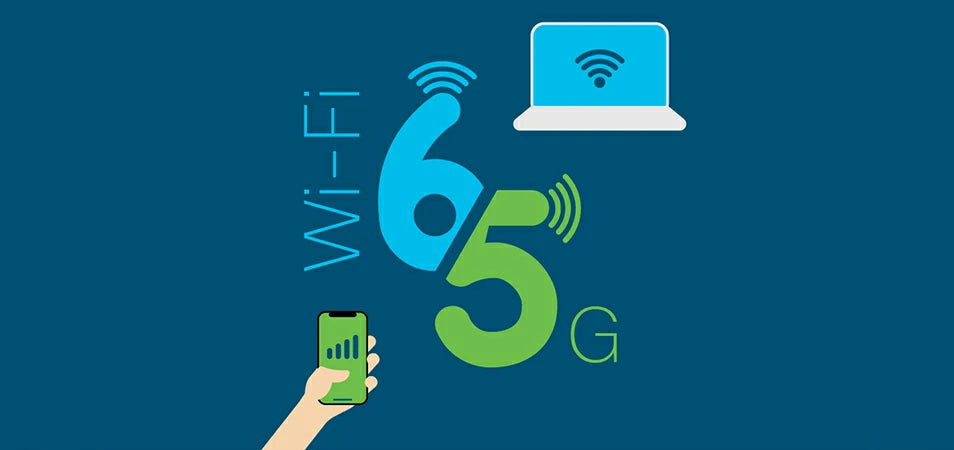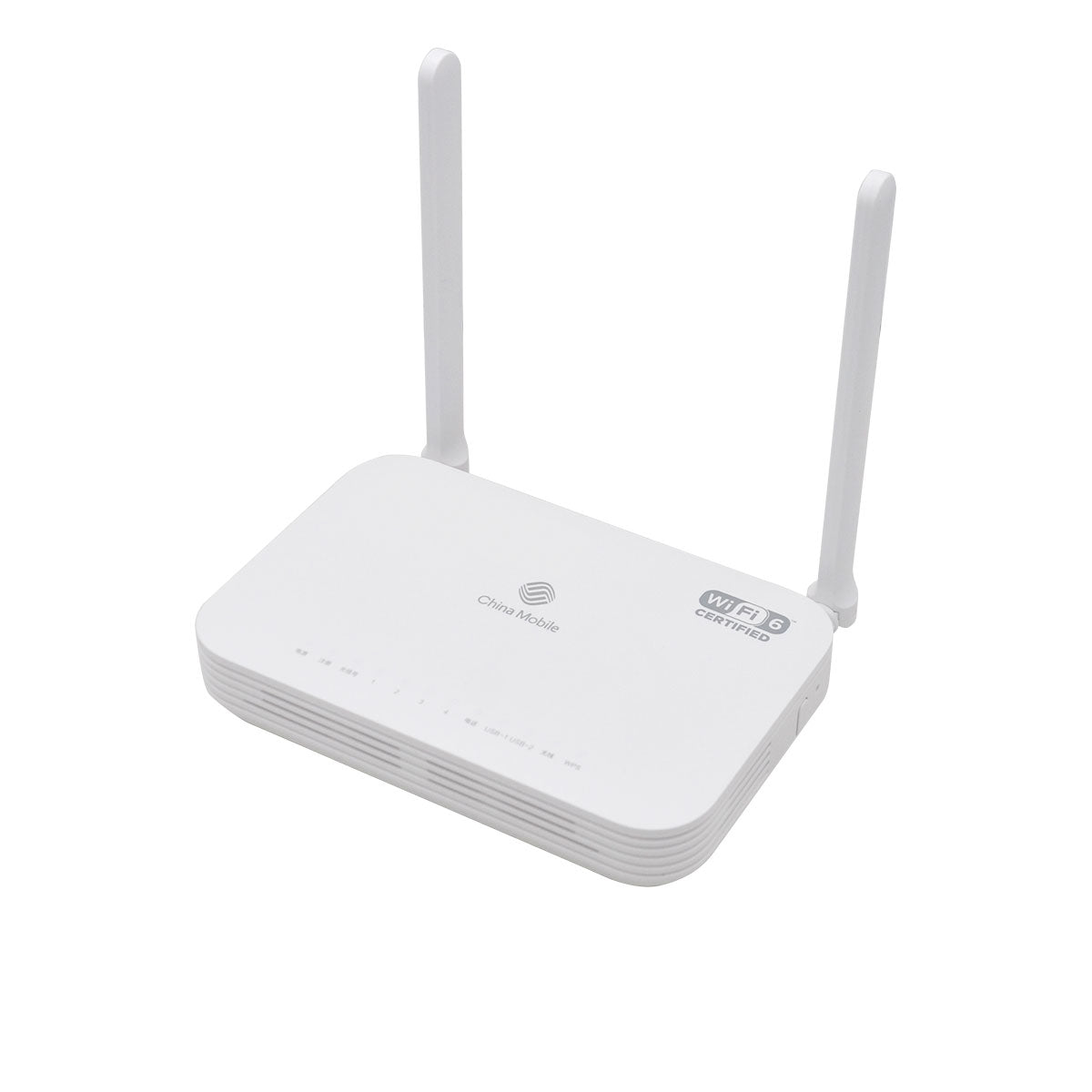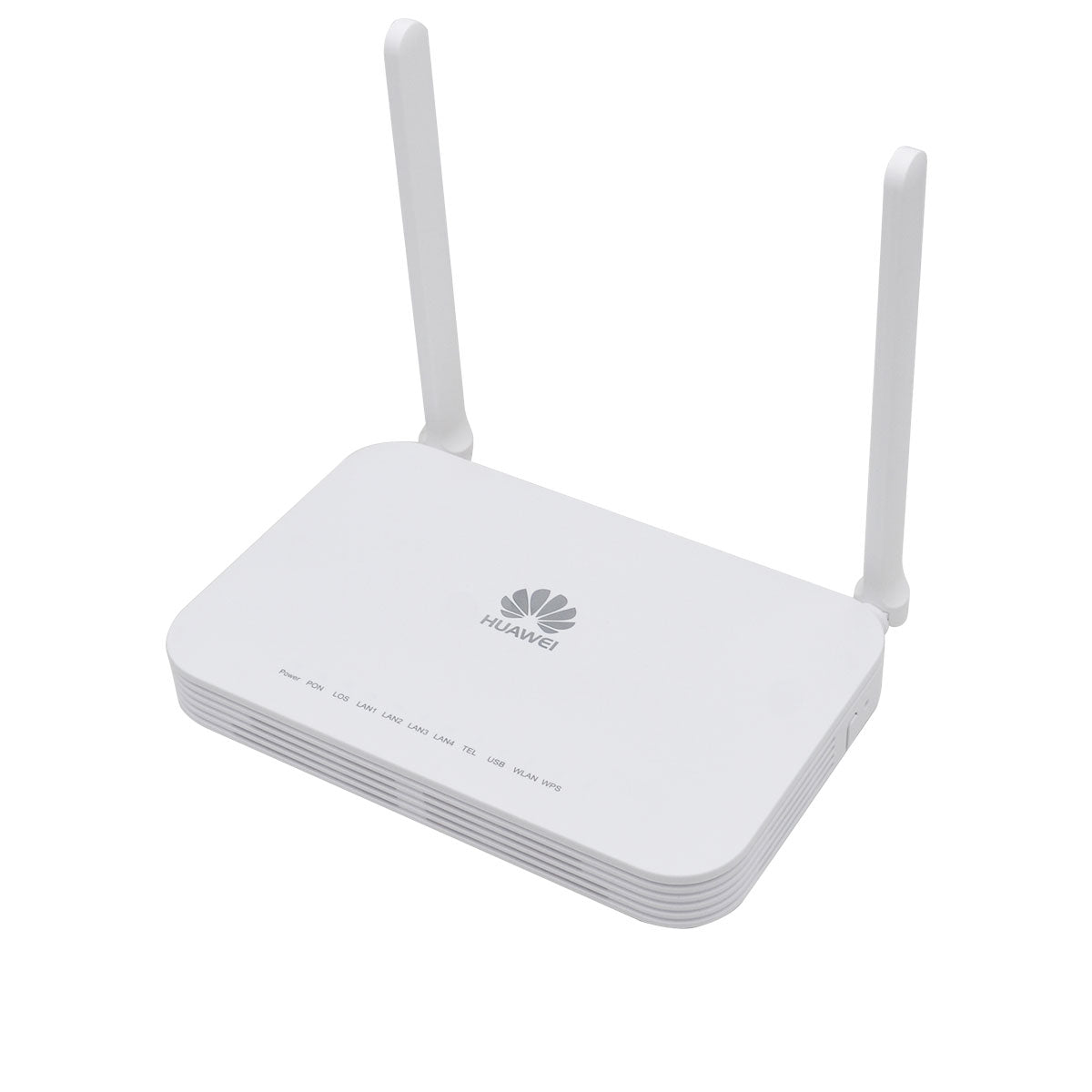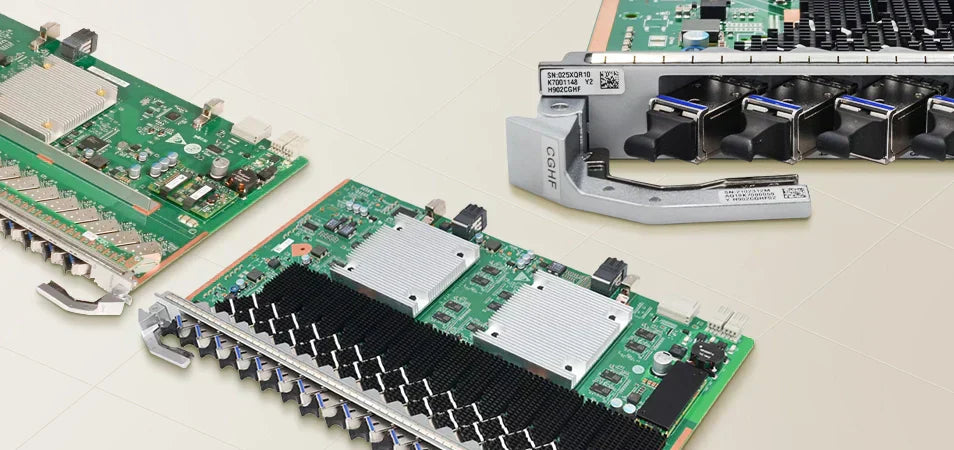 Difference between 5G and Wi-Fi 6
23 Oct, 2025. Posted by:XPONSHOP
Difference between 5G and Wi-Fi 6
23 Oct, 2025. Posted by:XPONSHOP
Most Views Posts
How to configure Wi-Fi services through the NMS?
2025-10-22 09:11:04
iMaster NCE-FAN Troubleshooting—Huawei OLT Cannot Be Added to iMaster NCE
2025-10-22 08:59:55
SFP V.S. SFP+ Module Difference
2025-10-22 08:59:43
How to configurate Huawei Switch Rate Limiting from Different VLANs
2025-10-22 09:05:44
FAQ: What is Huawei FTTR for Home?
2025-10-22 08:58:30
Popular Posts
FTTH Network Based on GPON
2025-10-22 09:06:07
The Potential of WDM-PON
2025-10-22 09:02:46
Exploring OSN 9800 RTU license
2025-10-22 09:05:27
Reasonable Split Ratios for Huawei OLT Service Board i.e. GPFD/GPHF/CGHF/CSHF
2025-10-25 16:27:59
OSN 500 Optical Interface Can Be Plugged with STM-1/4 Module Randomly?
2025-10-22 09:04:20
Random Posts
Huawei MA5800 10G PON Solution
2025-10-22 08:48:51
How to Enable Remote Access on Huawei ONT
2025-10-22 08:49:07
How to Configurate Telnet Login for Huawei Switch?
2025-10-22 09:06:36
How to Configure the INTERNET WAN of Huawei ONT on MA5800-X17?
2025-10-22 09:00:39
Deploy Huawei FTTR Network: Fiber to The Room Solution
2025-10-22 08:58:18
Recent Posts
What Is Maximum Transmission Unit (MTU)?
2025-11-12 10:55:12
Reasonable Split Ratios for Huawei OLT Service Board i.e. GPFD/GPHF/CGHF/CSHF
2025-10-25 16:27:59
Difference between 5G and Wi-Fi 6
2025-10-23 09:07:54
How to configure Wi-Fi services through the NMS?
2025-10-22 09:11:04
Unlocking ME60 NAT- What You Need to Know
2025-10-22 09:07:50
About
XponShop blog describes some basics for Huawei / ZTE /
Nokia / FiberHome GPON OLT, ONT, SFP, and Site Power...
such as configurations, issue troubleshooting, knowledge
sharing, and keeps updating.
Recent posts
Products from the blog
 Huawei HN8546X6 ONT
Bulk Inquiry
Huawei HN8546X6 ONT
Bulk Inquiry
 Huawei EG8145X6 ONT
Bulk Inquiry
Huawei EG8145X6 ONT
Bulk Inquiry
 Huawei HN8546X6 ONT
Bulk Inquiry
Huawei HN8546X6 ONT
Bulk Inquiry
 Huawei EG8145X6 ONT
Bulk Inquiry
Huawei EG8145X6 ONT
Bulk Inquiry

In the ever-evolving world of technology, two groundbreaking advancements take center stage with the promise of faster, more reliable connectivity: 5G and Wi-Fi 6. Both technologies are designed to enhance our digital experience, but their purposes and areas of operation are very different. In this article, we'll delve into the key differences between 5G and Wi-Fi 6, revealing their respective capabilities, applications, and impact on our connected world.
Parameter
5G
Wi-Fi 6
Supported Frequency Bands
low-frequency band (< 1 GHz), medium frequency band (1–7 GHz), high-frequency band (24–29 GHz)
2.4 GHz, 5 GHz, 6 GHz
channel edge
Max. 100 MHz (Sub 6 GHz), Max. 400 MHz (mmWave)
20, 40, 80, 160 MHz
Spectrum Type
Licensed spectrum (including unlicensed spectrum and dedicated network spectrum)
unlicensed spectrum
Carrier Aggregation
Supported
Supported (40, 80, 160, or 80 + 80)
Channel Access Mechanism
OFDMA
OFDMA
MIMO
Outdoor: 64T64R-16 streams Indoor: 4T4R-4 streams
8T8R/12T12R-8 streams
Modulation Technology
256QAM
1024QAM
mobility
10ms
50ms
Latency
eMBB: 4ms uRLLC: 0.5ms
20ms
Inter-cell interference control capability
Strong
Weak
Coverage Area
100-300 m (small cell),
up to dozens of km (macro base station)
Less than 50 m (indoor),
up to 300 m (outdoor)
Chip/Terminal Cost
High
Low
Deployment Cost
High (enterprise LAN coverage)
Low (macro site coverage)
Low
Deployment and O&M Capabilities
High
Low
Spectrum Type
Traditionally, cellular networks work on licensed spectrum, and Wi-Fi works on unlicensed spectrum. But in the 5G era, this division is becoming blurred. On the one hand, some countries, such as Germany, United Kingdom, Japan, France, and the United States, have allocated a localized spectrum for 5G private networks. Enterprises can use the spectrum after applying for approval. On the other hand, the NR-U defined in the standard is originally a 5G radio operating on an unlicensed spectrum. In this trend alone, Wi-Fi 6 faces greater competitive pressure from cellular networks than previous generations.
Coverage Area
Because the licensed spectrum allows for higher transmit power, 5G Small Cells typically have a range of 100 to 300 meters, which is larger than indoor Wi-Fi (usually within 50 meters)
Chip/Terminal Cost
Wi-Fi 6 chips are cheaper than 5G chips and have significant cost advantages.
Deployment Cost
For wide-area coverage, 5G has advantages in coverage capability and can reuse the existing 2G/3G/4G site deployment. The deployment cost is lower than that of Wi-Fi. However, in enterprise LAN scenarios, the costs of building 5G networks and deploying terminals are much higher than those of Wi-Fi. However, 5G has advantages in anti-interference, reliability, low latency, multi-connection, and mobility. For services that have higher requirements on latency and reliability, such as automatic control, 5G private networks still need to be deployed. In the medium and long term, it is believed that 5G dedicated network deployment costs will decrease. Once the costs are reduced to a low enough level, more enterprises will consider replacing some or all Wi-Fi networks with 5G.
Overall, 5G and Wi-Fi 6 are both competitors and complements. At the same time, as technologies and applications evolve and enter the 5G and Wi-Fi 6 era, the boundary between cellular networks and Wi-Fi is becoming increasingly blurred.
XPONSHOP can supply WiFi 6 ONT EG8145X6(GPON), HN8546X6(XGPON). If you have ONT questions or project inquiry, please email us at sales@xponshop.com